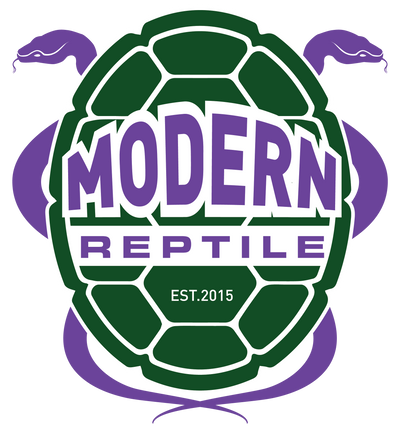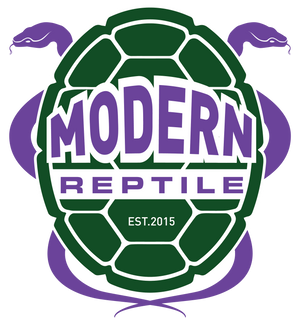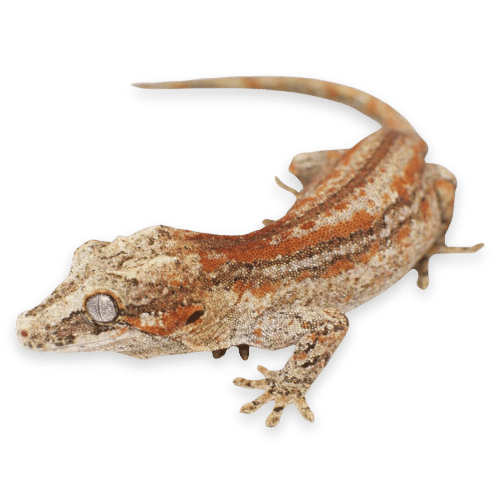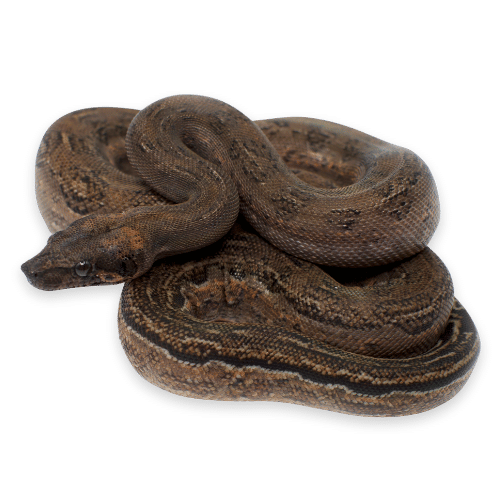Carpet Python Care Sheet
Easy Guide to Carpet Python Husbandry
Carpet Python Care Sheet
Introduction to Carpet Pythons
Carpet pythons (Morelia spilota) are revered for their stunning appearance, combining vibrant colors and impressive size. These semi-arboreal snakes are native to Australia and Papua New Guinea, featuring a wide array of morphs including albinos, zebras, and axanthics. They exhibit beautiful patterns in hues of vibrant yellows, deep golds, and reds. Carpet pythons vary greatly in size, with some subspecies reaching up to 9 feet in length, though most average around 4-5 feet. They are long-lived animals, with an average lifespan of 15 to 20 years and reaching adulthood at 4 to 5 years of age.
Types of Carpet Pythons
- Coastal Carpet Python: Known for their size and availability, primarily found along the Eastern coast of Australia. They range in tan and brown colors and are prevalent in various morphs.
- Jungle Carpet Python: Recognized for their high-contrast black and yellow markings, inhabiting Northeastern Australia.
- Papuan Carpet Python: Found in Papua New Guinea, these pythons display olive hues with light tan or gold markings.
- Darwin Carpet Python: Native to the Northern tip of Australia, characterized by their smaller size and similar coloration to Papuans.
How to Care for Carpet Pythons
Enclosure
- Size: Provide a spacious enclosure, at least 4ftx2ftx4ft for adults, with vertical space for climbing.
- Substrate: Use humidity-friendly substrates like Zoo Med Forest Floor, Reptisoil, Cypress, or Coco, spot-cleaned regularly.
- Temperature: Maintain a thermal gradient with basking spots of 88-92°F (31-33°C) and ambient temperatures around 80°F (27°C).
- Humidity: Keep humidity levels at 60-65%, increasing to 70-80% during shedding, facilitated by a large water bowl and misting.
- Decor: Include branches and climbing structures for enrichment, with hides placed at the enclosure's base.
Feeding
- Diet: Offer appropriately sized rodents such as mice or rats, feeding juveniles weekly and adults every 2-4 weeks.
- Water: Ensure a clean water source available at all times.
Buying Carpet Pythons
- Availability: Most carpet pythons are captive-bred due to export restrictions from Australia. Papuan subspecies may occasionally be wild-caught, but are still readily bred in captivity.
- Temperament: When purchasing a carpet python, consider the individuals temperament. Carpet pythons are generally docile but may be defensive if not handled regularly as juveniles. Gradual, gentle handling can tame them effectively.
Conclusion
Carpet pythons offer a captivating mix of beauty and adaptability, making them rewarding pets for enthusiasts seeking a unique reptilian companion. With proper care and attention to their environmental needs, these snakes thrive in captivity and provide years of enjoyment.
For more information or assistance, please contact us. We're here to help you care for your carpet python and enhance your reptile-keeping experience.
Keywords: carpet python care, Morelia spilota care sheet, carpet python enclosure setup, feeding carpet pythons, handling carpet pythons, snake health care, reptile humidity management, carpet python morphs, albinos zebras axanthics, captive bred carpet pythons, Australian python species





Leave a comment